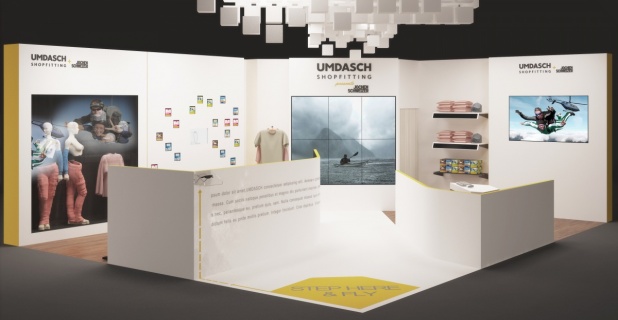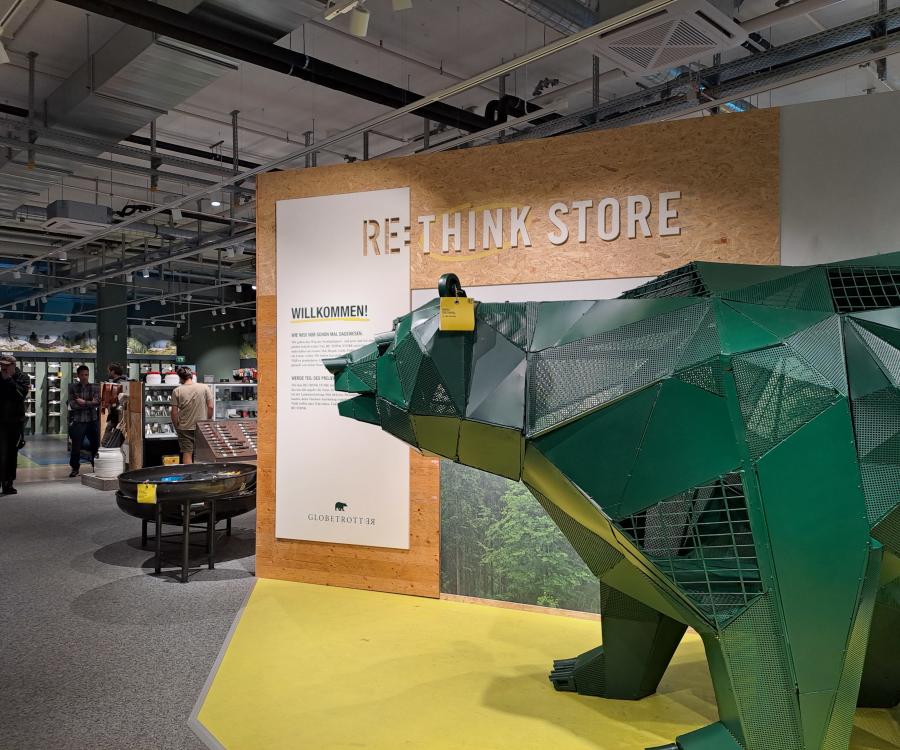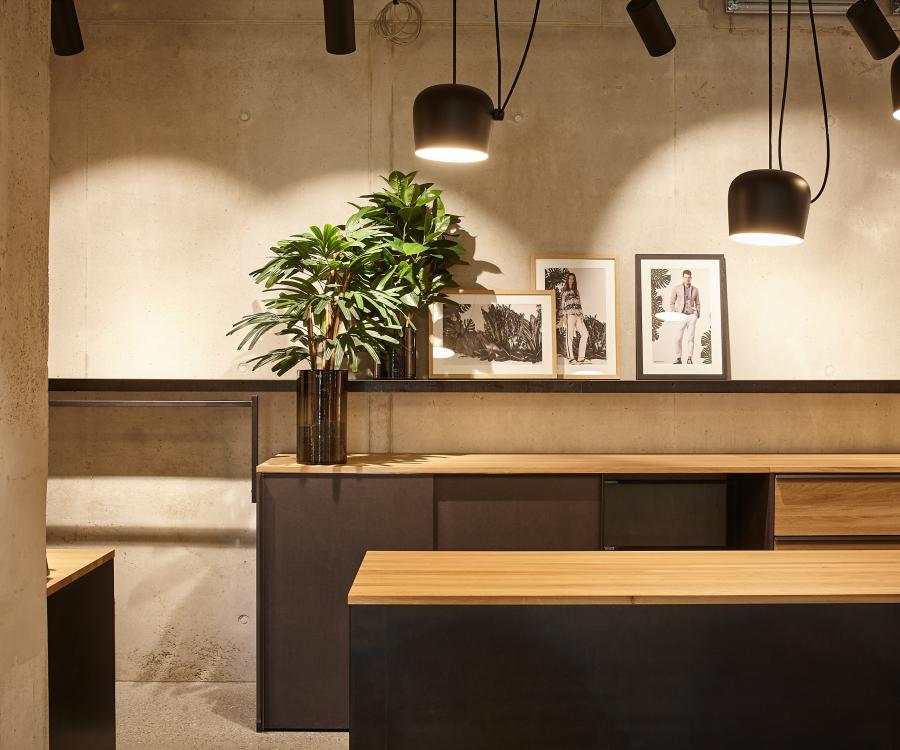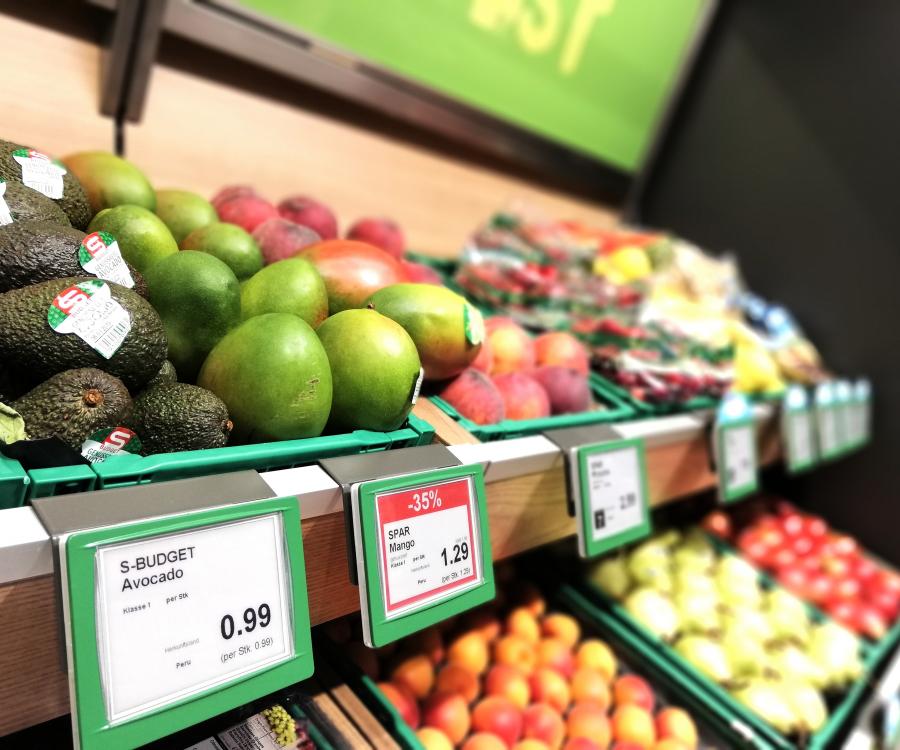Transparent screens, a virtual point of sale and software retailers can outfit their stores with: at EuroCIS 2015, Umdasch Shopfitting will deliver insights into modern, digital store construction. Before the trade fair, Franz Kendler, Director of Visionary Business (viBIZ), reveals more about the store of the future.
Mr. Kendler, why is the integration of digital elements so important in a store?
Today, customers want to compare and purchase products no matter where they are. They are not thinking in terms of channels. This is why the link between brick-and-mortar and online retailing needs to be seamless, which is made possible with in-store digital elements. Under no circumstances, should there be varying content, prices and delivery times, even though the same brand is being sold. The challenge for retailers is to understand these customer needs and implement a uniform corporate design.
At the EuroCIS, Umdasch Shopfitting will present solutions that are specifically geared towards this. What can visitors look forward to?
We will be presenting together with our partner, who specializes in the experience and gift retail sector. The booth will be converted into a kind of pop-up store where our products can be showcased and tested.
How for example?
Take the mobile version of our viPOS Shopping Wall. Among other things, it gives customers direct access to the entire product portfolio and product locations at the store via touch screen. In the daytime, retailers can use the mobile video wall at the POS for instance and put it in the store window at night to display advertising. Or have it interact via window-shopping.
What stores could benefit from the mobile shopping wall?
Until recently, we were more represented in the fashion and lifestyle sectors. Service providers from the banking sector for instance are also very interested. Here the customers could make direct contact with an expert or sales person using a virtual shop assistant via the shopping wall.
How do you help customers to overcome their inhibitions to use this type of wall?
That’s not all that difficult when the customer is being approached in a friendly manner. In scenario testing, we noticed that when one person starts to do things, an entire group of people always joins in and tries out the functions.
Just putting the video wall into the store is not enough. How do you keep the contents current?
We meet this challenge with partners from the IT field, which create a webshop interface that uses a different interface, but contains the same data. The viPOS also has its own database that is available via the on-site computer.
At EuroCIS, the new Umdasch “shop.up” 3D planning software is going to be unveiled. Retailers can virtually outfit their stores with Umdasch shopfitting components via a drag and drop function. Does this mean that everyone is going to plan his or her own stores in the future?
No, certainly not. However, we have very concrete target groups for whom this software might be valuable. In doing so, we can introduce them to Umdasch and highlight our expertise.
What is behind all this?
We generally believe that store planning with all its digital solutions at the POS is going to be key in the future. Right now, extensive expertise is required to plan a store. We wanted to combine our knowledge with our portfolio – not just for external, but also for internal purposes. The app is very intuitive and makes it possible to easily understand our products and their functions.
In doing so, we are also able to reach target groups that have remained inaccessible until now, such as startup companies for example where store planning is not a strong focus yet. Franchise groups with the same design elements could also benefit from the easy-to-understand modular principle. By indicating several measurements, a store’s new look can be easily tested out.
You also feature new digital price labeling products.
That’s correct. With our new electronic shelf labeling solution, the decks are no longer individually mounted on the lower shelf, but consolidated in a rail. This way they don’t get dirty, are quickly mounted and the power supply for the integrated ESL technology is far better resolved. We are currently filing a patent for the prototype.
We are also showcasing the "transparent screen". Just imagine this: a walk-in customer is in front of a display case and wonders what type of earrings would go with a necklace she is looking at. Right then, a product video plays on the screen, which answers this very question and suggests different types of earrings. And the great thing about this: the necklace can still be seen in the background.
Among other things, your viBIZ division was created to develop solutions to connect the online and offline shopping world. What is your goal?
We want to create brand-new experiences, since this is going to be one of the biggest challenges in store construction in the future. Our solutions reflect this trend. The goal is to provide a media experience and sell products across all channels in the Shop 4.0. The viBIZ division is the visionary task force of Umdasch Shopfitting. 365 days a year, it looks beyond the limits of store construction, looks at in-house studies, research and social developments, and implements these findings in digital shopfitting.
Interview: Natascha Mörs; iXtenso.com




